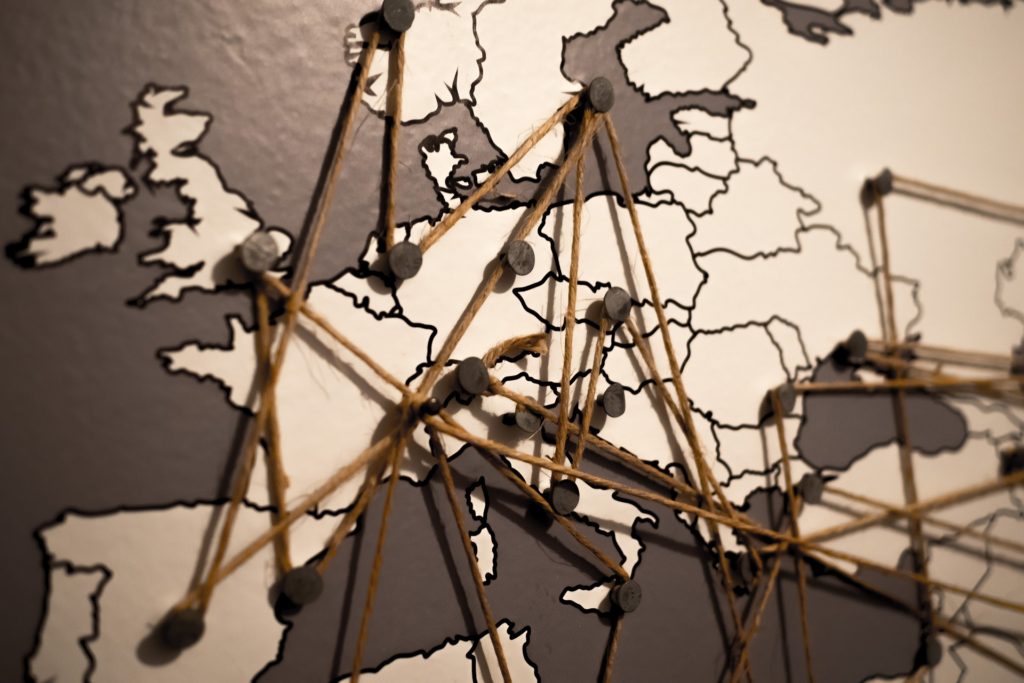A job with a view
A couple of days ago, I received an email which is not completely uncommon for me – but which I suspect most people don’t tend to receive. ‘Dear Katy,’ it began, ‘I have another Armenian piano editing job for you.’
This is one of the great delights of working for Naxos, providing sleeve notes for CDs and downloads which tend to venture frequently into the territory of repertoire I have never previously encountered. From Ukrainian symphonists to lesser-known turn-of-the-century Parisian pianists; from living Chinese orchestral composers to Italian operatic fragments arranged for wind ensemble, this job has been a learning curve. And for that, I love it.
It’s not just a case of excavating the library in order to create new notes, however. In some cases, my work is a subtler transformation of pre-existing notes, translated from another language, which require a bit of tidying up and idiomatic adjustment (as in the case of the several discs of Armenian repertoire I’ve now worked on). And here, in fact, is the most interesting kind of work of all. Because it is only by trying to render the texts of others that you realise how very geographically and culturally specific explanations tend to be.

Sometimes, this amounts to simple things like familiar names. I’ve heard of Komitas Vardapet, largely thanks to my Naxos work… but can I expect readers in Western Europe or the States to have heard of him? If someone was taught by Mikhail Fabianovich Gnessin, should I give his dates and explain his significance? The original writer didn’t – he was a known quantity in Russia in the 1920s. Or does it not matter? Should I just leave the name there and assume readers will look him up if they want to know more?
And what if the scenario is more complicated? One of the frequent features of twentieth-century composer biographies is a listing of prizes. On the one hand, the composers worked hard to earn them. On the other, just how hard, and exactly the degree of significance of those awards, is lost to us if we are not from those countries or regions. And some might have thorny political implications as well – Stalin Prizes, for example.
There’s no right answer to the way in which we should balance such facts and explanations. If I explained everything I think a British reader might not understand, the note would be three times the length it should be. If I omit, I might leave out something crucial to the artist. I have to find a compromise of sorts, and I hope I’ve not short-changed anyone as a result. But it makes the cultural distance between England and Armenia, China and France, Russia and Italy, clear in very real and historical terms – where the history in question might only be a few decades ago.
This is very good for me, certainly. I spend a great deal of my time and energy focusing on the longer-distant past in countries I feel I know and can relate to: Britain, Germany and Austria, in the main. The past may be a foreign country – certainly I can’t imagine it ever losing its potential to shock, surprise, humble and awe a ‘modern’ – but I’ve been rummaging around these cultural roots long enough now to get a basic sense of what’s what. The festivals that mattered. The concert venues that people aimed to have their works performed in. The prizes they wanted to win. And I talk to other scholars working in the same area, who share the vocabulary I have and the knowledge, so that we can add little bits around the edges of our own personal mental constructions of that past and that culture.
So suddenly being expected to write about the Armenian Genocide of 1915-17 is a shock. It is beyond the cosy borders of my known history, with its narrowly described geographical borders. Realising the significance of a certain Chinese award takes time and patience and research. Tracing the journey of certain rhythms and forms between China and Japan requires a map, a book, and a lot of thinking about. I am in the enormously fortunate position that, in order to do my job properly, I am required to learn – all the time, and in different directions. I cannot sit here complacently in my own little cultural armchair. I have to get up and look around.
This is something we should all (and I include myself here, since most of my work is historical) do a great deal more. Acceptance without understanding is not really acceptance – it is complacency, and it is what leads to nonsensical scaremongering in the press and insensitive comments towards individuals and communities whom we have taken no time to get to know. It is internationalism, and cosmopolitanism, that has caused me to have the chance to write about Armenian piano music… and in turn, to realise how ignorant I really am, about so many places, and people, and times, and things.
When I was at school, we started a new term with a new chemistry teacher. He marched up to the whiteboard at the front of the lab. ‘This,’ he said, making a single dot on the board, ‘is what you currently know about chemistry.’ He drew a small circle around the dot. ‘This is what I know,’ he said. Then he pointed to the pristine expanse of the rest of the whiteboard. ‘And this,’ he finished, ‘is chemistry.’ We’ll never master it all. But look around you. Look at all the people, all the places, all the cultures and stories and histories and artworks and monuments. Isn’t it amazing? Isn’t it worth exploring?

